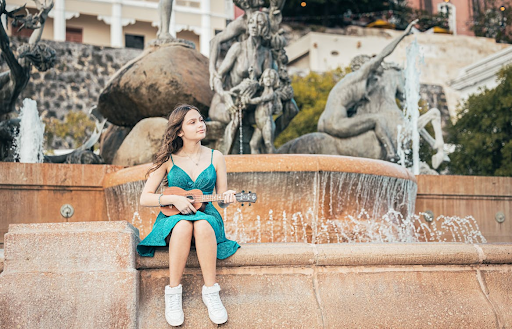Beyond Aesthetics: Practical Considerations When Selecting Fountain Nozzles for Public Spaces

Fountains have long been a staple in public spaces, offering aesthetic appeal, tranquility, and a sense of serenity to urban environments. However, the selection of fountain nozzles involves more than just aesthetics. It requires careful consideration of practical factors to ensure optimal functionality and maintenance.
In this article, we explore the practical considerations that planners, architects, and landscape designers should keep in mind when selecting water fountain nozzles for public spaces.
Understanding Fountain Nozzles
Before delving into the practical considerations, it’s essential to understand the role of fountain nozzles. Nozzles are the components responsible for shaping the water jets, creating various effects such as sprays, cascades, and streams. They dictate the visual appeal and performance of the fountain, making them a crucial element in fountain design.
Water Source and Availability
One of the primary practical considerations when selecting fountain nozzles is the availability and source of water. Public fountains often rely on municipal water supplies, which may have restrictions or limitations. Therefore, choosing nozzles that are water-efficient and capable of achieving desired effects with minimal water usage is essential. Additionally, consideration should be given to the water quality to prevent clogging and corrosion of the nozzles over time.
Maintenance Requirements
Maintenance is another critical factor to consider when selecting fountain nozzles. Different types of nozzles require varying levels of upkeep to ensure optimal performance and longevity. For example, nozzle designs that are prone to clogging may require more frequent cleaning, whereas self-cleaning or low-maintenance nozzles can reduce the need for ongoing maintenance efforts. Evaluating the ease of access for cleaning and servicing is also crucial, as it can impact the overall cost and efficiency of fountain maintenance.
Durability and Weather Resistance
Public fountains are exposed to various environmental factors, including sunlight, temperature fluctuations, and precipitation. Therefore, selecting fountain nozzles that are durable and weather-resistant is essential to ensure long-term functionality and aesthetics. Materials such as stainless steel and brass are commonly used for their corrosion resistance and longevity, making them suitable choices for outdoor fountain applications. Additionally, considering the nozzle’s ability to withstand high winds and turbulent weather conditions can help prevent damage and ensure uninterrupted operation.
Safety and Accessibility
In public spaces, safety and accessibility are paramount considerations. Fountain nozzles should be selected with these factors in mind to minimize the risk of accidents and ensure compliance with accessibility standards. Nozzles that produce low-impact water features, such as gentle sprays or cascading streams, are ideal for areas where children and pedestrians frequent. Additionally, ensuring that the fountain design incorporates proper drainage and slip-resistant surfaces can further enhance safety and accessibility for all users.
Noise Levels
The noise generated by fountain nozzles can impact the overall ambiance of a public space. While some environments may benefit from the soothing sound of flowing water, excessive noise levels can be disruptive and undesirable. When selecting fountain nozzles, it’s essential to consider their acoustic properties and the surrounding environment to minimize noise pollution. Nozzle designs that produce smooth, laminar flows are generally quieter compared to turbulent or splashing water effects. Additionally, incorporating features such as baffles or sound-absorbing materials can help reduce noise levels and create a more peaceful atmosphere.
Energy Efficiency
Energy efficiency is an increasingly important consideration in fountain design, driven by the need to reduce operating costs and environmental impact. Selecting fountain nozzles that are energy-efficient can help minimize electricity consumption and contribute to sustainable resource management. Nozzle designs that optimize water flow and pressure, such as aerating or laminar flow nozzles, can achieve desired visual effects while minimizing energy requirements. Additionally, integrating programmable controls and timers can further enhance energy efficiency by allowing precise control over fountain operation and scheduling.
Aesthetic Considerations
While practical considerations are essential, aesthetics still play a significant role in fountain design. The selection of fountain nozzles should complement the overall aesthetic vision of the public space while achieving the desired visual effects. Nozzle designs come in a variety of shapes, sizes, and patterns, offering endless possibilities for creativity and customization. Whether creating dramatic water displays or subtle water features, choosing the right combination of nozzle types and arrangements can enhance the beauty and appeal of the fountain.
Conclusion
In conclusion, selecting fountain nozzles for public spaces involves more than just aesthetics. Practical considerations such as water efficiency, maintenance requirements, durability, safety, and energy efficiency are crucial factors that should be carefully evaluated. By taking these factors into account, planners, architects, and landscape designers can create fountains that not only enhance the visual appeal of public spaces but also ensure functionality, accessibility, and sustainability for years to come.


